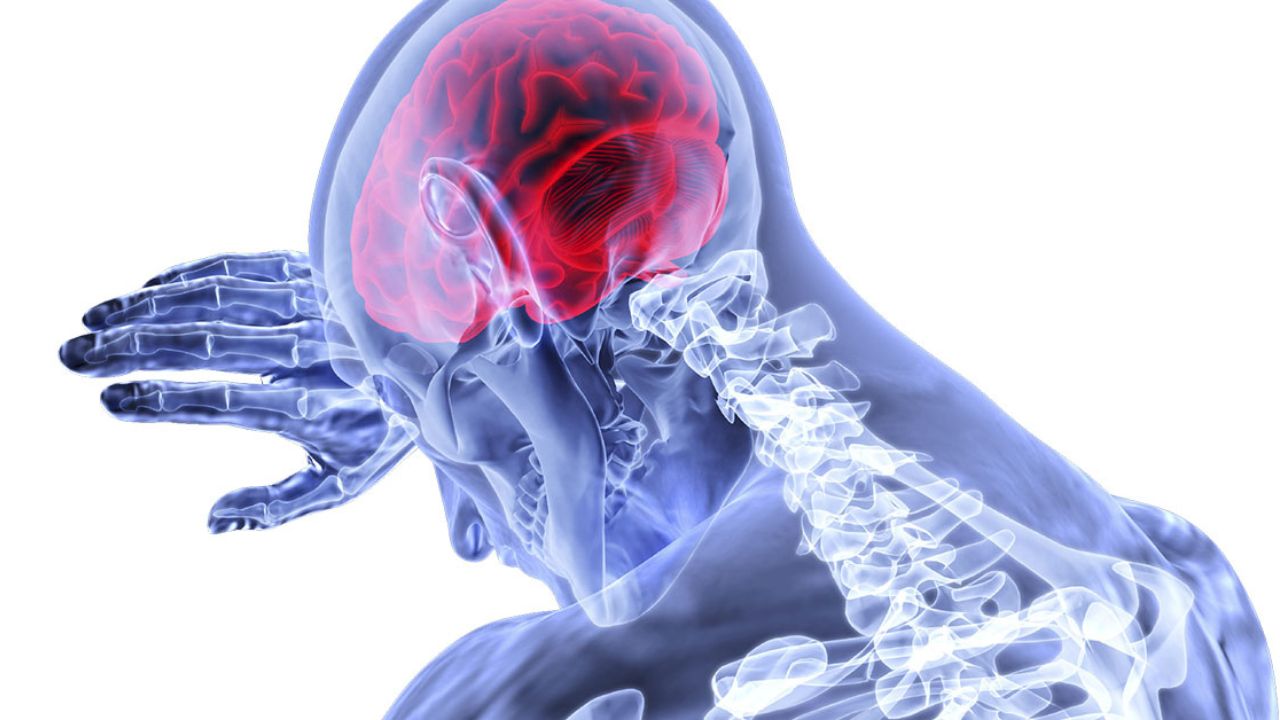CHANDIGARH
Aneurysms are weak spots in the blood vessel walls of the brain’s arteries that gradually start to enlarge and take the shape of balloon-like structures. The balloon keeps expanding in size as a result of constant blood flow in the brain’s blood arteries until the artery wall becomes very thin and it bursts. People only notice symptoms, such as a rapid onset of severe headaches, when an aneurysm ruptures and presents with signs.
Symptoms
A person may have dizziness, nausea, stiffness in the neck, the discomfort that worsens with head movement, excruciating pain in the back of the head, and agony as if someone had kicked them in the back or head. In really severe cases, patients frequently lose consciousness, have arm or leg weakness, have difficulty speaking, and may even pass away instantly.
Risk Factors
Aneurysms are more likely to occur in adults with high blood pressure, genetic susceptibility (extremely rare), smoking, and age 40 to 60 (rarely observed in pediatric patients as well).
Treatment
The procedure involves inserting a clip across the base of the aneurysm during surgery in order to restrict the flow of blood through the aneurysm and prevent it from rupturing. The alternative technique is called Endovascular Rescue Therapy, in which a skull opening is made, a catheter is inserted into the brain, and the clot causing the stroke is removed. Endovascular Rescue Therapy is the name of this technique.
Diagnosis
If one has a strong headache that is out of the ordinary, it is crucial to have a consultation and conduct the necessary tests, such as a CT scan and an MRI.
Prevention Procedures
In order to avoid this illness, it’s crucial to control blood pressure, give up smoking, and report any severe headaches right away to a neurologist. Early intervention is beneficial. It can prevent both death and permanent disability. The presence of symptoms like a strong headache, stiff neck, unconsciousness, drooping eyelids, paralysis, or fits should be watched out for.

 English
English






